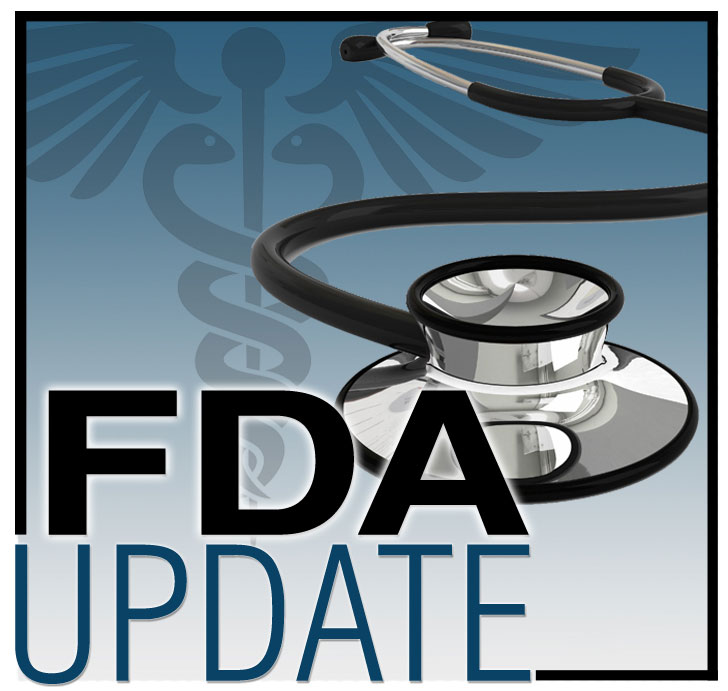On January 27, 2023, the U.S. Food and Drug Administration (FDA) approved elacestrant (Orserdu®) for postmenopausal women or adult men with estrogen receptor (ER)-positive, human epidermal growth factor receptor 2 (HER2)-negative, ESR1-variant advanced or metastatic breast cancer with disease progression following at least one line of endocrine therapy.

FDA also approved the Guardant360 CDx assay as a companion diagnostic device to identify patients with breast cancer for treatment with elacestrant.
Efficacy was evaluated in EMERALD (NCT03778931), a randomized, open-label, active-controlled, multicenter trial that enrolled 478 postmenopausal women and men with ER-positive, HER2-negative advanced or metastatic breast cancer, 228 of whom had ESR1 variants. Patients were required to have disease progression on one or two prior lines of endocrine therapy, including one line containing a CDK4/6 inhibitor. Eligible patients could have received up to one prior line of chemotherapy in the advanced or metastatic setting. Patients were randomized (1:1) to receive elacestrant 345 mg orally once daily (n = 239) or investigator’s choice of endocrine therapy (n = 239), which included fulvestrant (n = 166) or an aromatase inhibitor (n = 73). Randomization was stratified by ESR1 variant status (detected versus not detected), prior treatment with fulvestrant (yes versus no), and visceral metastasis (yes versus no). ESR1 variant status was determined by blood circulating tumor deoxyribonucleic acid using the Guardant360 CDx assay and was limited to ESR1 missense variants in the ligand binding domain.
The major efficacy outcome measure was progression-free survival (PFS) as assessed by a blinded imaging review committee. A statistically significant difference in PFS was observed in the intention-to-treat (ITT) population and in the subgroup of patients with ESR1 variants.
In the 228 (48%) patients with ESR1 variants, median PFS was 3.8 months (95% CI = 2.2, 7.3) in the elacestrant arm and 1.9 months (95% CI = 1.9, 2.1) in the fulvestrant or aromatase inhibitor arm (hazard ratio [HR] of 0.55 [95% CI = 0.39, 0.77], 2-sided p-value = 0.0005).
An exploratory analysis of PFS in the 250 (52%) patients without ESR1 variants showed a HR 0.86 (95% CI = 0.63, 1.19), indicating that the improvement in the ITT population was primarily attributed to the results seen in the ESR1 variant population.
The most common adverse events reported in at least 10% of patients treated with elacestrant, including laboratory abnormalities, were musculoskeletal pain, nausea, increased cholesterol, increased AST, increased triglycerides, fatigue, decreased hemoglobin, vomiting, increased ALT, decreased sodium, increased creatinine, decreased appetite, diarrhea, headache, constipation, abdominal pain, hot flush, and dyspepsia.
The recommended elacestrant dose is 345 mg taken orally with food once daily until patients experience disease progression or unacceptable toxicity.
View the full prescribing information for elacestrant.
The review used the Assessment Aid, a voluntary submission from the applicant to facilitate FDA’s assessment.
The application was granted priority review and fast track designation. FDA expedited programs are described in the Guidance for Industry: Expedited Programs for Serious Conditions—Drugs and Biologics.
Healthcare professionals should report all serious adverse events suspected to be associated with the use of any medicine and device to FDA’s MedWatch Reporting System or by calling 800-FDA-1088.
For assistance with single-patient investigational new drug applications, contact OCE’s Project Facilitate at 240-402-0004 or email OncProjectFacilitate@fda.hhs.gov.





